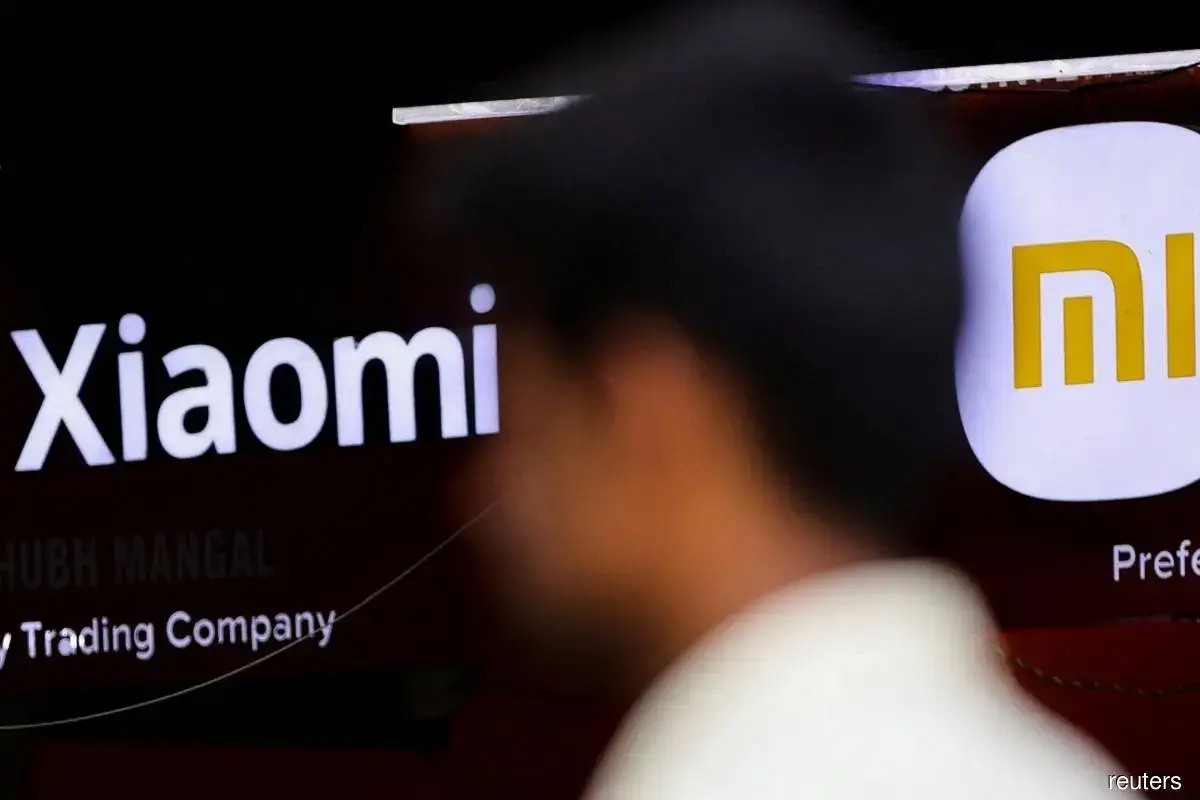Headquartered in Shenzhen, China, Xiaomi Corp (1810. HK) announced a modest 4% decrease in revenue for the second quarter, a trend aligned with the ongoing downturn in China’s handset market. The company’s sales figures, which reached 67.4 billion yuan ($9.24 billion), marked a decline from the 70.17 billion yuan recorded during the same quarter a year ago. However, the reported figures outperformed the predictions made by analysts, who had estimated sales to hover around 65.13 billion yuan.
On the positive side, Xiaomi’s net income experienced a notable surge, reaching 5.14 billion yuan throughout the period. This increase of 147% from the previous year’s 2.08 billion yuan surpassed analysts’ expectations, underscoring the company’s resilience in the face of challenging market conditions.
The slump in China’s smartphone market, characterized by a 5% contraction in consumer demand during the second quarter, further compounded the predicament for Xiaomi. Research firm Canalys reported that smartphone shipments in China dropped to 64.3 million units, casting a shadow on the industry’s growth prospects.
Within this context, Xiaomi’s own shipments sustained a substantial 19% drop, with the company delivering 8.6 million units during the quarter. Notably, Xiaomi’s performance in its crucial overseas market, India, mirrored this trend, as shipments dwindled by 22% to 5.4 million units, according to Canalys’ data.
In a strategic shift prompted by the stagnation in handset sales, Xiaomi unveiled its intentions to venture into the electric vehicle (EV) manufacturing sector. Recent reports from Reuters disclosed that the company received the green light from China’s state planner for this ambitious foray. With this new direction, Xiaomi aims to inject innovation into the EV market, capitalizing on its technological prowess.
Looking ahead, the company is committing a substantial $10 billion investment over the span of a decade into the automotive sector. This calculated move positions Xiaomi to achieve mass production of cars as early as the first half of 2024, signifying the company’s commitment to staying at the forefront of innovation and adaptation.
the exchange rate at the time of reporting stood at $1 equivalent to 7.2915 Chinese yuan renminbi. The figures and strategic shifts reported collectively underscore Xiaomi’s proactive stance in the face of challenges, reflecting its determination to diversify and drive growth in evolving markets.





